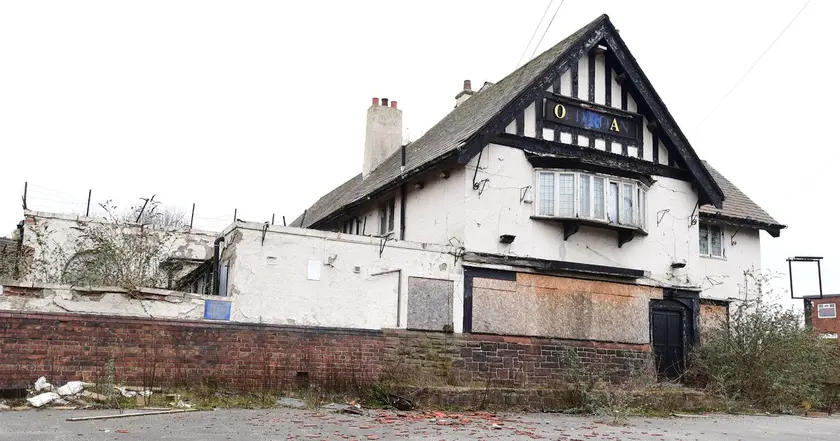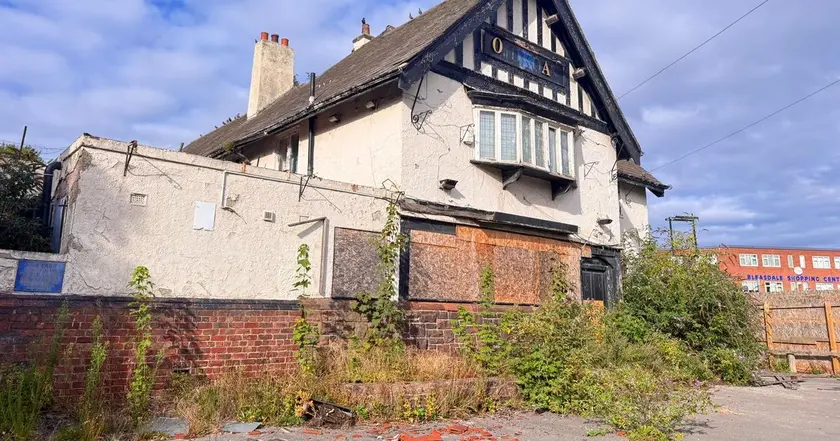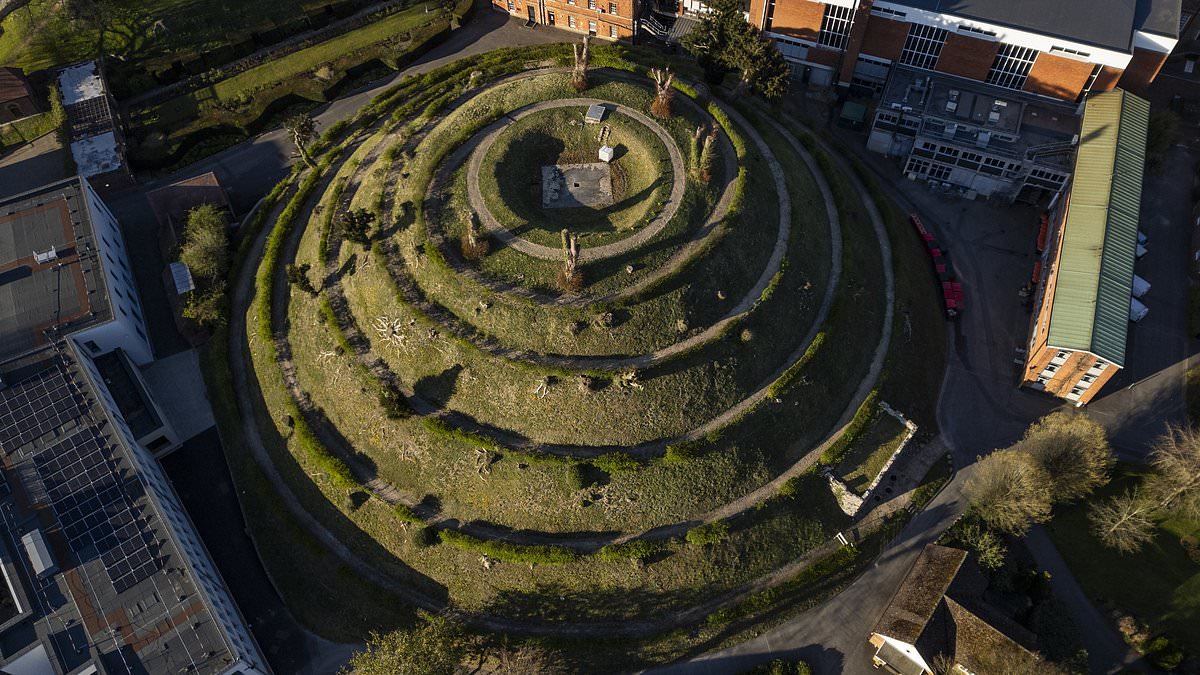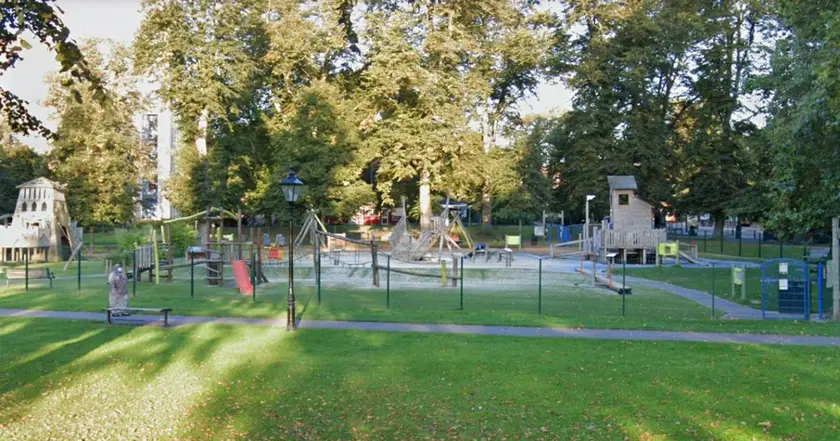T4K3.news
Archaeology to Begin at Old Roan Pub Before Demolition
Archaeologists will search the Old Roan site for buried remains before demolition as planners require heritage safeguards.

Archaeologists will search the Old Roan site for buried remains before the planned demolition and redevelopment.
Archaeology to Begin at Old Roan Pub Before Demolition
The Old Roan pub in Aintree village has been closed since 2013 and is now slated for demolition to make way for housing. A draft written scheme of investigation by Archaeological Research Service Ltd outlines how a watching brief will search for remains linked to the site’s mid-18th century public house and smithy before any work proceeds.
2M Developments Ltd bought the building in 2021 and sought planning permission in 2023 to replace it with a three-storey to four-storey apartment block. The scheme was later narrowed to three storeys and approved last October, but construction has not started as the archaeology plan unfolds and local authorities require clear conditions on historic buildings, archaeology, refuse and cycle parking.
Key Takeaways
"It’s an absolute eyesore"
Local resident describing the current state of the derelict site
"The archaeological watching brief will provide mitigation for the impact the planned works may have on possible buried remains associated with the mid-18th century public house and smithy"
From ARS draft scheme detailing the purpose of the archaeology
"Should human remains, structures or deposits of archaeological interest be uncovered during the fieldwork, the Planning Archaeologist to the LPA will be consulted on the acceptable course of action"
ARS note outlining action if remains are found
The plan to extend memory into a new residential block shows how planning now treats history as a condition for progress. The archaeological work could delay demolition, yet it also aims to protect local heritage and provide a record of the site. For residents, the delay is a test of patience and trust in the planning process. For developers, it adds yet another step to an already lengthy project timeline. The outcome will signal how a small village balances past and future while facing housing needs.
This case also highlights the role of local governance in coordinating heritage safeguards with urban renewal. If remains are found, authorities will decide the next steps, which could shape not just the demolition timetable but the look and use of the new building. In short, memory is becoming a prerequisite for renewal in Aintree.
Highlights
- Let the bulldozer wait while artifacts tell the town's history
- History is priceless when memory is unearthed
- Progress needs patient digging
- Aintree deserves a future that respects its past
Heritage review delays demolition risk
The need to search for buried remains before demolition introduces a potential delay and adds cost. If remains are found, responses from planning authorities and the archaeologists could push back construction timelines, affecting funding and local expectations.
The village will watch to see if memory can guide a smarter renewal
Enjoyed this? Let your friends know!
Related News

Archaeology review begins at Old Roan pub site

Plans to alter Marlborough Mound face bat-related challenges

Search for missing teenager resumes in Wexford

Excavation begins for missing teenager

Man on trial for alleged rape of 14-year-old girl

Mounjaro shows promise in reducing alcohol cravings

Merseyside jails 66 criminals in July

Proteins Extend the Human Evolution Narrative Beyond DNA
